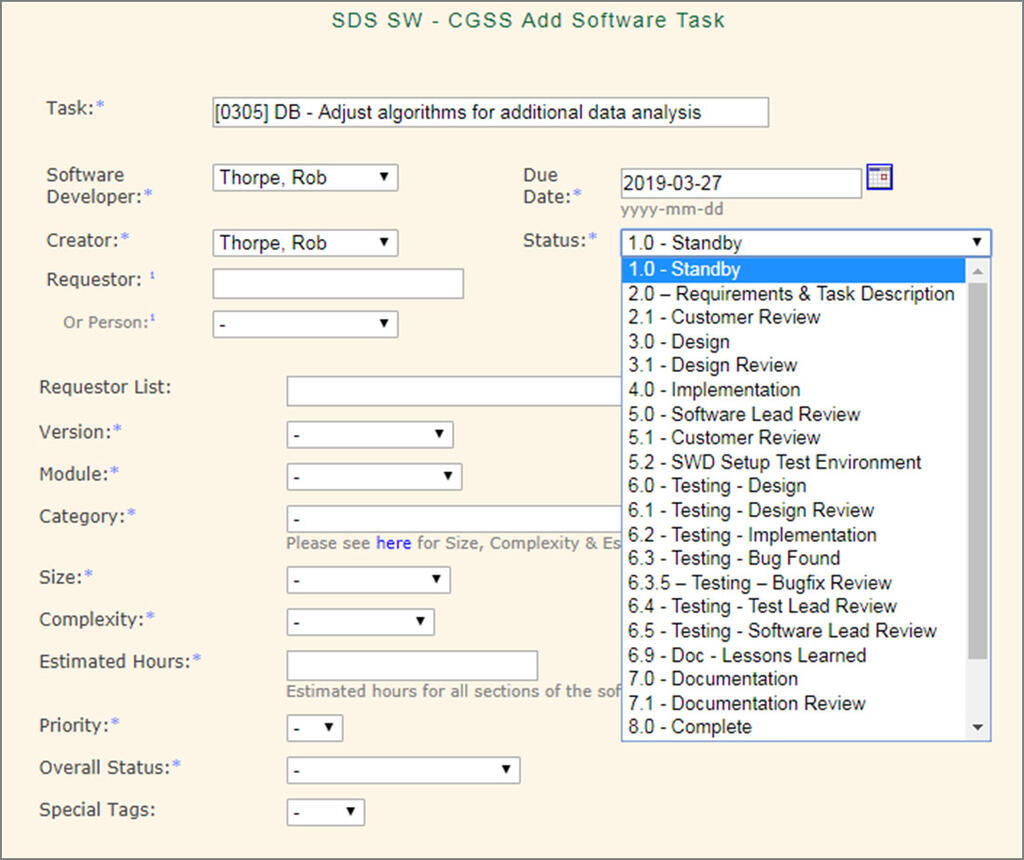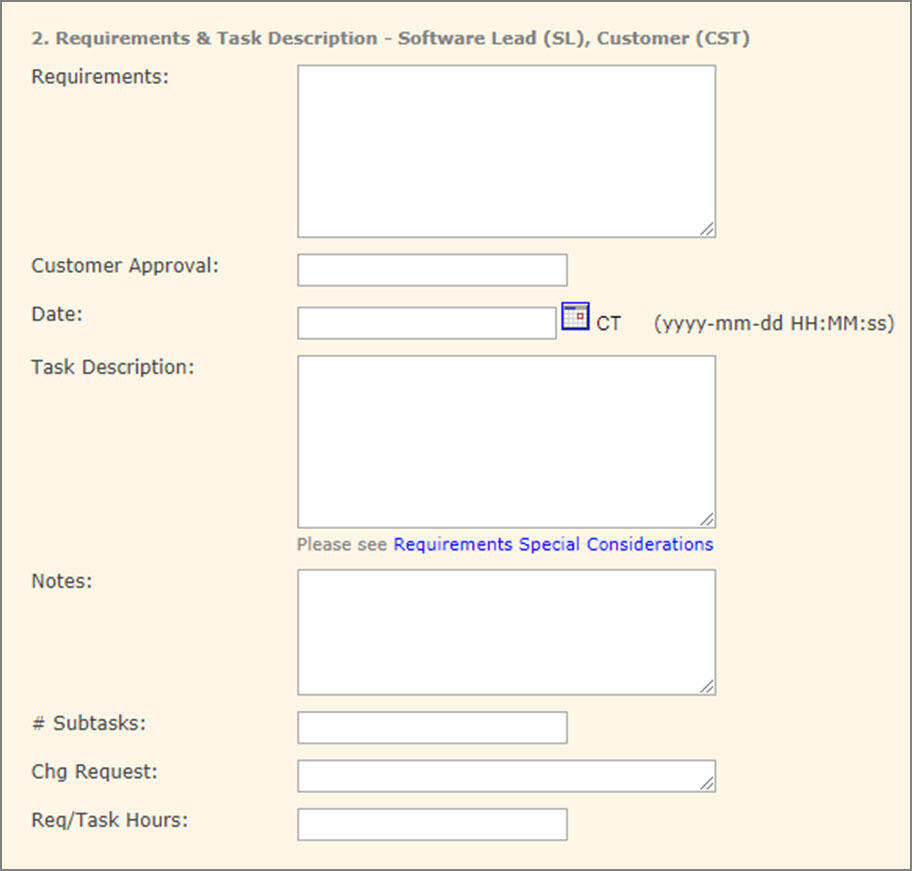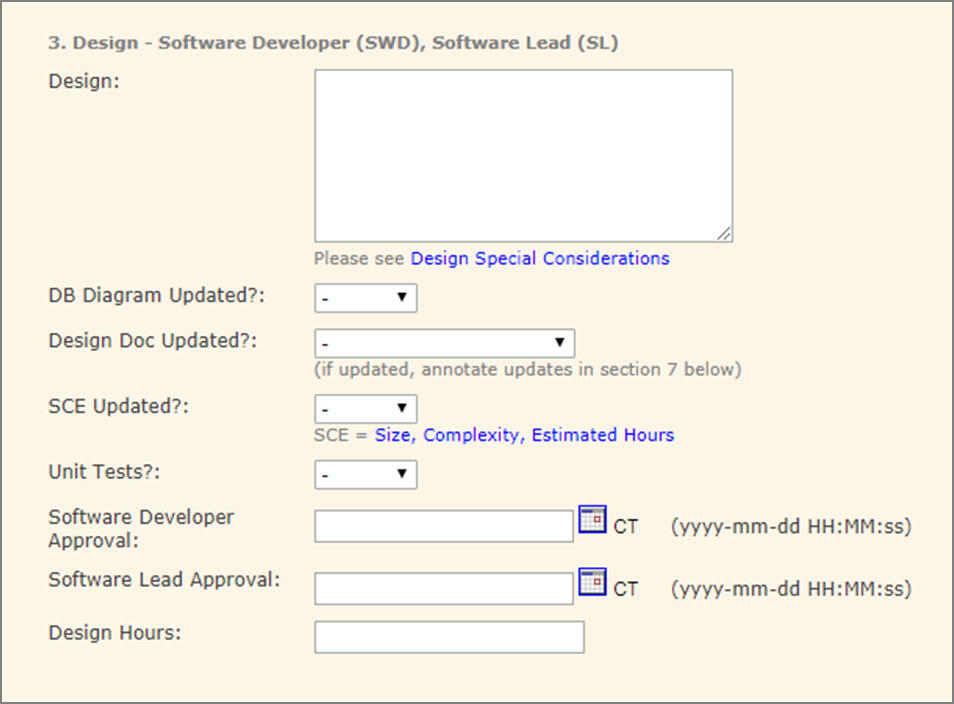Software Tasks are the central component in Clarity when used for software development. As a mini-software development lifecycle of their own, they provide built-in checks and balances to mitigate error propagation through each phase of the development. The Software Task can be generalized into a Development Task for product development outside of the software domain.
Error propagation from phase to phase of the software development lifecycle is time-consuming and costly, but the real issue is that unmitigated error propagation across multiple phases of the software lifecycle has exponential effects on cost and schedule.
Clarity mitigates these effects by assigning and tracking software development activities in a Software Task form. The form provides a simple but effective system of checks and balances to mitigate error propagation. It also makes it easy for software developers and testers to focus on their work, supports the software lead as they manage tasks, generates synergies when combined with feature branching, and provides the foundation for many useful metrics.
Header

A Software Task is a mini-software development lifecycle with built-in checks balances to mitigate error propagation through each phase of development – requirements, design, implementation, etc. The Software Task “Header” provides summary information about the task, including the title, software lead, software developer, and the status of the software task.
Requirements

The Software Task “Requirements and Task Description” section is where the details of the task are written. The software lead records requirements in the requirements field and then writes the software functions to be implemented in the task description field. After that the software lead reviews the write-up, the customer can approve the task before work begins. The is the first set of checks and balances built into the software task form to mitigate error propagation in the software development process.
Design

The Software Task “Design” section is where the software lead and the software developer confer on the design, before implementation begins. The is the second set of checks and balances to mitigate error propagation in the software development process, and one of the most important steps in improving efficiency. Each additional section of the Software Task (Implementation and Review, Testing, Documentation – not shown) also contains checks and balances to prevent error propagation.
Or call Robert Thorpe at +1 210 522 2848.
